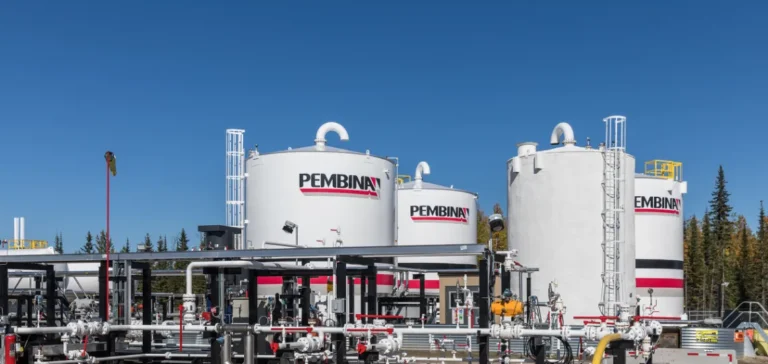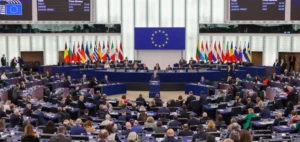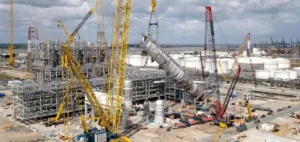Pembina Pipeline Corporation announced the closing of a $225mn principal amount offering of subordinated notes with a fixed rate of 5.95%, maturing in June 2055. The transaction was conducted through a syndicate of underwriters led by CIBC Capital Markets, BMO Capital Markets and Scotiabank. The offering was made under the company’s short-form base shelf prospectus dated December 2023, supplemented by a prospectus dated October 8, 2025.
Objective: full redemption of Series 9 preferred shares
The proceeds will be used to redeem all outstanding Cumulative Redeemable Rate Reset Class A Preferred Shares, Series 9, scheduled for December 1, 2025, at a price of $25.00 per share, representing a cash outlay of $225mn. The company confirmed that no tax withholding will apply unless legally required.
Shareholders of record as of November 3, 2025, will receive a final quarterly dividend of $0.268875 per share. No accrued or unpaid dividends will remain as of the redemption date, as confirmed by Pembina.
Redemption process and administrative handling
The company has issued a formal redemption notice to the sole registered holder of the Series 9 shares, as per the terms set out in its amended articles of incorporation from October 2017. Non-registered holders are advised to contact their broker or intermediary to confirm the redemption process.
The redemption will be administered by Computershare Investor Services Inc., the appointed transfer agent. Shareholders with questions may contact the agent through a toll-free number or via email. No further documentation is required from individual investors unless specified by their financial institution.
Liability management and long-term maturity
The newly issued securities, labelled “Series 2 Subordinated Notes,” will not be registered under the United States Securities Act of 1933 and cannot be offered or sold to U.S. persons or within the United States, in accordance with applicable restrictions.
With this move, Pembina Pipeline Corporation continues its active management of financial liabilities, replacing hybrid instruments with long-term fixed-rate debt. This approach locks in financing terms for 30 years while simplifying its hybrid capital structure.






















